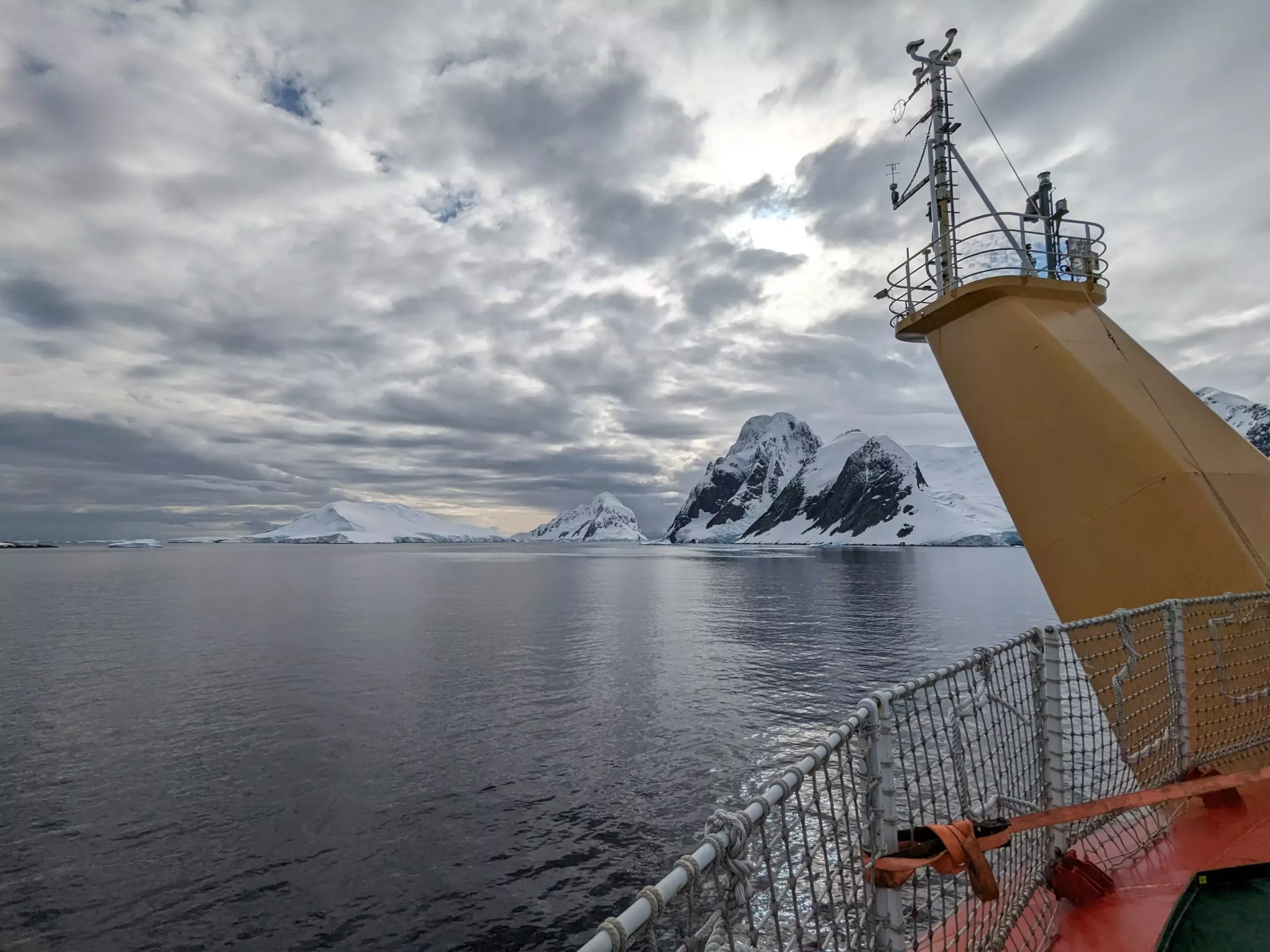Recent revelations from a groundbreaking study spearheaded by the University of East Anglia (UEA) and Plymouth Marine Laboratory (PML) have thrown light on the Southern Ocean’s carbon absorbing capabilities, reshaping our understanding of this vital marine zone’s role in combatting climate change. This robust research, which directly measures the air-sea carbon dioxide (CO2) flux rather than relying on indirect estimates, has shown that the Southern Ocean absorbs an astonishing 25% more CO2 than prior assessments derived from shipboard data suggested. Such findings not only highlight the critical role of this ocean region in mitigating human-induced climate impacts but also expose significant uncertainties in our previous models.
Moving Beyond Estimates: The Power of Direct Measurements
The Southern Ocean’s significance in the global climate system cannot be overstated. Traditionally, estimates regarding its CO2 absorption were constructed from shipboard measurements logged in databases like the Surface Ocean CO2 Atlas (SOCAT) and global ocean biogeochemistry models. These methods produced a spectrum of differing estimates, often leading to vast uncertainties regarding the actual magnitude of CO2 absorption. What sets this new study apart is its pioneering methodology—utilizing the eddy covariance technique, which integrates advanced flux systems mounted on ships’ foremasts to directly measure CO2 exchange during seven research cruises in the Southern Ocean.
In conducting approximately 3,300 hours of precise measurements during the Antarctic summer from 2019 to 2020, researchers captured real-time data that unveiled the Southern Ocean as a more potent carbon sink than previously thought. By focusing on the intricate dynamics of temperature variations and the significance of localized CO2 uptake events, the authors argue that existing models have underestimated the ocean’s absorption potential.
Challenging Existing Paradigms
This study, rightfully published in the journal Science Advances, confronts and challenges long-held convictions regarding the Southern Ocean’s role as a carbon sink. Lead researcher Dr. Yuanxu Dong emphasizes that this research marks the inaugural extensive use of direct air-sea CO2 flux observations, shaking the foundation of existing knowledge. The assertions made by Dr. Dong bring forth an important call to action: the necessity of refining our models to align with observed realities. The inadequacies of past methodologies, particularly in their tendency to overlook significant temperature variances and fleeting CO2 uptake events, form a critical part of the argument.
The implications of this research extend far beyond mere academic curiosity—they underline the urgency of improving climate models that inform policy and environmental strategies. It isn’t merely about accumulating more data; it’s about ensuring that such data accurately reflects the dynamic and occasionally erratic nature of oceanic processes.
Building Towards Greater Accuracy
While the study successfully sheds light on new dynamics within the Southern Ocean, it also underscores a glaring shortfall in winter data—an element largely affecting the integrity of CO2 uptake estimations. The challenges of accessing the Southern Ocean during the winter months render it an under-researched area, with existing float data only partially bridging the gap. The need for expeditions during these seasons is imperative to achieve a holistic understanding of air-sea interactions.
The researchers advocate for the expansion of high-frequency observations and the deployment of more ships, including autonomous platforms aimed at collecting winter data. Their vision involves harnessing cutting-edge technology—not just to bridge seasonal data disparities but also to augment our overall capacity for monitoring climate shifts. This proactive approach exemplifies the pressing need for sustained commitment towards empirical research, particularly in a world grappling with the ramifications of climate change.
A Future of Collaborative Research
The breadth of this research collaboration is notable, involving scientists from prestigious institutions like the Alfred Wegener Institute, the Max Planck Institutes, and the University of Hawai’i. This veritable consortium not only enhances the validity of findings but also propels forward the discourse on international cooperation in climate studies. With research collaborations taking center stage, the emphasis now lies on not only refining methodologies but also fostering interdisciplinary approaches to climate research.
As Prof. Tom Bell aptly points out, initiatives like moving research flux systems onto advanced vessels such as the RRS Sir David Attenborough herald a new era of climate monitoring. The commitment to continuous data collection is essential, not merely to understand the present but also to anticipate future shifts in climate dynamics.
The Importance of Sustaining Research Efforts
However, it would be shortsighted to overlook the challenges posed by declining shipboard surface ocean CO2 measurements in recent years, a trend exacerbated by both the pandemic and dwindling funding for oceanographic research. The alarming decrease in annual datasets, particularly relevant to the Southern Ocean, raises red flags about our collective commitment to environmental observations. The interdisciplinary community must advocate for renewed investment in ocean exploration and monitoring programs to ensure that we are not left in the dark regarding our oceans’ crucial roles in climate regulation.
In light of these findings, it is clear that the Southern Ocean deserves greater attention and resources to guide global climate initiatives. The new insights revealing its enhanced carbon absorption capabilities underscore an urgent call for innovative research approaches and collaborative efforts aimed at fortifying our response to climate challenges. The quest for knowledge in this turbulent climate landscape is not merely an academic pursuit; it is an essential endeavor in safeguarding our planet’s future.


Leave a Reply